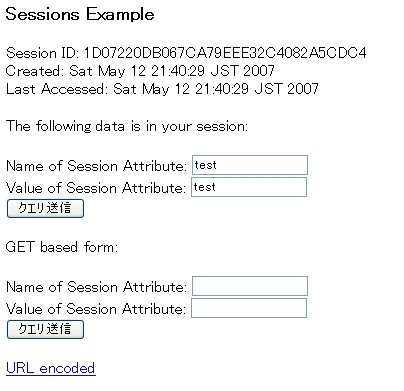Analyze HTTP requests with Java log filter
javax.servlet.Filterto implement a convenient way to parse the contents of HTTP requests and output logs.FilterClasses.
This log filter uses "java.util.logging.Logger" for log output, and the information output can be changed by changing the log level.
What is javax.servlet.Filter?
When building a web application, in addition to the main business processing, it is necessary to perform common secondary processing before and after the main business processing.
For example, client authentication, authority checking, logging, etc.
Coding such side processing in each resource becomes a major cause of hindering software maintainability, resulting in an application that is difficult to maintain.
If you implement javax.servlet.Filter, you can have this secondary process commonly performed before the request is passed to the servlet class.
Filters can be configured in web.xml, giving you the flexibility to add or remove filters without changing the source code.
Try using log filters
Let's actually use the log filter to analyze HTTP requests by passing filters through HTTP requests.
In this issue.TomcatThe examples application is available from the beginning in the
This filter can be run immediately with the following settings
2. Place the compiled class files under "/examples/WEB-INF/classes".
3. Set the following definitions in web.xml.
LogFilter
LogFilter
logging.Level
FINE
LogFilter
/*
The url-pattern when using the Struts framework is as follows.
*.do
Check the log output results of running the Sessions Example screen.

Output log information and log level
Log output contents
| log information | log level |
|---|---|
| Cookie Information | fine |
| HTTP Header Information | fine |
| HTTP and other information | fine |
| HTTP Request Parameters | CONFIG |
| Objects in the request scope | CONFIG |
| Session Scope Objects | CONFIG |
| Memory usage before and after request | CONFIG |
| Screen transition information | INFO |
Log levels should be used as follows
- FINE: Outputs the most detailed logs; set this if you want to analyze HTTP requests in detail.
- CONFIG ... Outputs a somewhat detailed log. It is recommended to keep this level during the development period.
- INFO・・・・ outputs screen transition information only.
How to change the log level
The logging output level can be changed by setting the initialization parameter logging.Level.
Example:
logging.Level
INFO
